The following reflection comes from A Rocha USA’s new church resource, the “Worship & Creation Guidebook,” which provides prayers, songs, liturgies, and short theological essays with the aim of helping churches integrate creation care values into their congregational lives. You can request the PDF here.
The top and bottom illustrations were designed for the “Worship & Creation” resource by Ben Johnson.
Go to church on Sundays. Check. Attend small group. Check. Tithe. Check. Give up social media for Lent. Check. Volunteer at the food pantry. Check. Care for creation. Check?
As we hear about wildfires, flooding, species loss, PFAS in our water, microplastics in our soil, and more, our first reaction might be guilt. Many of the environmental crises of our day stem from human misuse of creation and failure to clean up our messes. When we understand that caring for creation is part of our calling as Christ-followers, it can be easy to add that to the list of things we should do as good Christians. Then comes the inescapable feeling that we can never do enough. Recycle, plant native species, pick up trash, electrify appliances, reduce air travel, advocate for climate-responsive policies, the list is endless.
Relational to the Core
This checklist approach to creation care misses the point. The heart of our calling to care for creation is relationship. At the birth of the world, God says, “Let us make human beings in our image, make them reflecting our nature, so they can be responsible for the fish in the sea, the birds in the air, the cattle, and yes, Earth itself, and every animal that moves on the face of the Earth” (Gen. 1:26, MSG). God then makes the first male and female and sends them forth into a very good creation.
Six Days of Creation, by Hildegard of Bingen. Public Domain.
Notice in this description the relationships. God speaks from within the Triune Godhead as “us.” God—the Father, Son, and Holy Spirit—is relational to the very core. Humans, bearing God’s image, are also made for relationship.
The second version of the creation story in Genesis 2 describes how the first man named the animals, entering into relationship with each one through identification. Since he couldn’t find a suitable companion, God made the first woman. We as human beings were made to know, love, and enjoy each other and all of God’s creation. Sin, in this light, is anything that goes against the openness, trust, and connection that we were made for.
Jesus, the son of God, came to bridge the rift between us, God, and all creation that grew after humanity’s first sin. Christ’s work of redemption and restoration is a free gift to all who call on Jesus (Eph. 2:8-9). There’s nothing we can do to earn our salvation—not even save the planet.
Why do we care for creation, then, if it’s not because we are required to?
Web of Belonging
We care because we know and love. Every element of creation—from milkweed plants to the northern lights—is part of the web of relationship and belonging that God wove from the start of the earth. Indigenous people in many parts of the world refer to creation as kin—a Sitka Spruce grandmother or a Salmon brother, for instance. This is not entirely removed from the Christian tradition, where Saint Francis of Assisi referred to Sister Moon, Brother Fire, and Mother Earth.
Saint Francis Preaching to the Animals, by Jan Siberechts, 1666. Public Domain.
In the Bible, all of creation comes alongside humans, pointing us to God’s truth and character (Psalm 19, Job 38-41, Luke 19:40) and groaning with us for deliverance (Romans 8). Though we may not be aware of it, creation keeps us company, like a family member—always there, always reminding us of who we are and who God is.
The challenge for churches in this time of nature loss and climate crisis is to live out what we have already received from Jesus—healed relationships with God, each other, and all creation. The indifference we come across in Christian communities toward the plight of the earth may have less to do with not understanding our stewardship task and more to do with the fact that we don’t know the critters, waters, fields, and forests just outside the church doors.
The first human expressed his relationship with the rest of creation by naming the animals. Could we include the names of local species and places in our worship and prayers? What could it look like to bring creation into our worshiping community? Or, better yet, what could it look like to join the rest of creation in what it is already doing—constantly praising our Creator? How can we get to know our fellow creatures and let them show us the way?
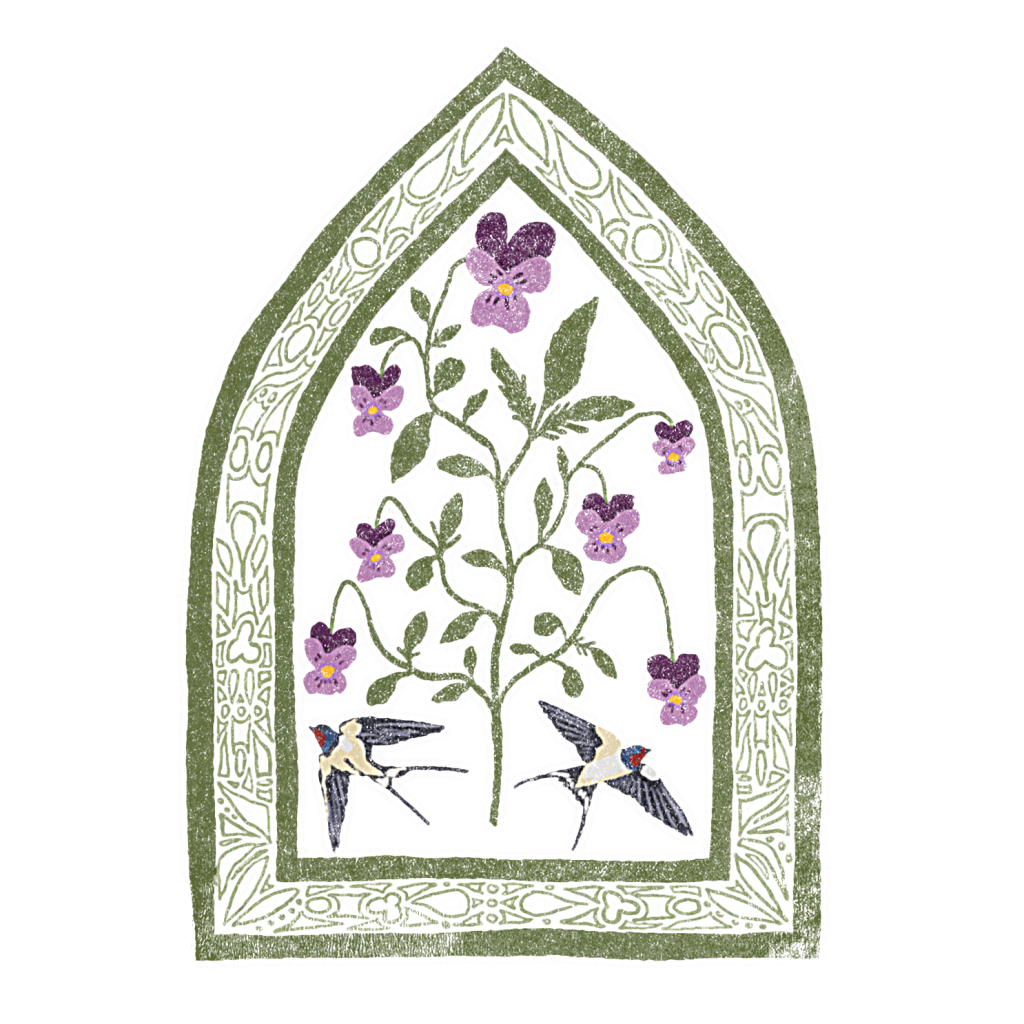
Excerpt from the “Worship & Creation Guidebook.” For more reflections, as well as prayers, songs, and exhortations, request the PDF here.
Liuan Huska is a freelance journalist and writer at the intersection of ecology, embodiment, and faith. She is the author of Hurting Yet Whole: Reconciling Body and Spirit in Chronic Pain and Illness, a book that weaves together memoir, theology, and sociocultural critique.

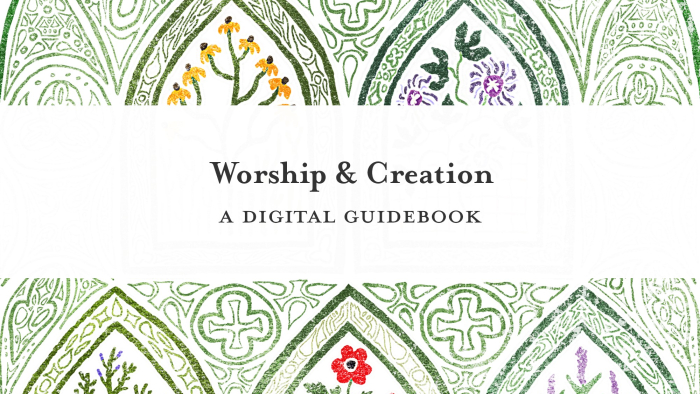
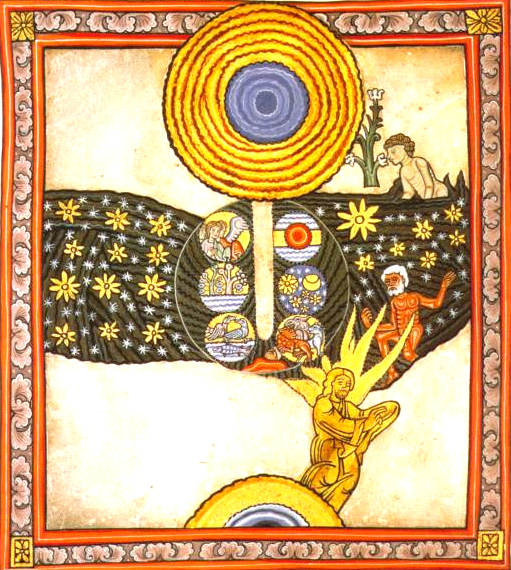
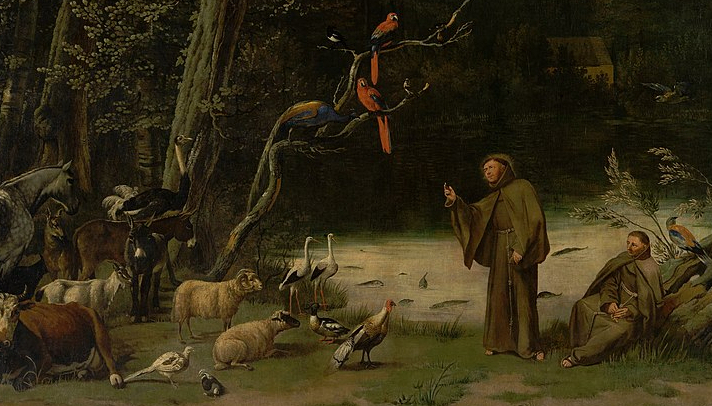






Add a Comment